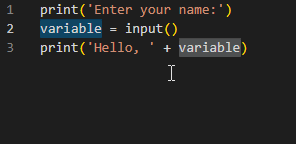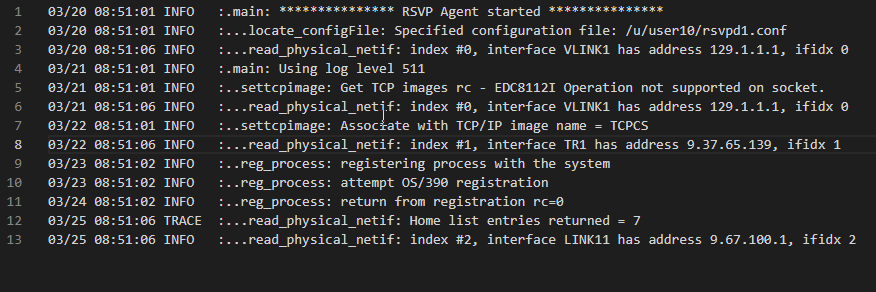
Professional Blunders: Why a Complete Partition into Equivalence Classes Matters
It’s 2001. I’m sitting in Building 9 on Microsoft’s main campus in Redmond, and my team is working hard on version 1.1 of the .NET Framework.
Go to content|Go to the main menu|Go to search

For me, VS Code is like a Swiss Army Knife - besides writing source code, I use it for countless other things.
VSCode offers a lot of possibilities to work with text. This is a feature I really use on a daily basis multikurzory - Being able to select text in multiple places, and bulk edit it, saves a lot of time.

All editing options can be found in the official documentation Basic Editing in Visual Studio Code. I think after exploring, you'll discover a lot of things you didn't even know were possible.
For example, do you want to filter the log to only the lines with an error? With VS Code this is no problem and you don't need any additional tool:

Thanks to extensions You can extend your VS Code with a variety of features. I often use the editor to prepare test data.
Incrementor allows you to increase or decrease the value of selected text - numbers or boolean values:

Using Insert Nums, you can insert number series:


It’s 2001. I’m sitting in Building 9 on Microsoft’s main campus in Redmond, and my team is working hard on version 1.1 of the .NET Framework.

Zoom in so far that you can see atoms? These days, that’s not a problem.

When OpenAI introduced ChatGPT two years ago, some feared that developers and testers would lose their jobs. But two years on, we can safely say that hasn’t happened. So, where did those predictions go wrong — and what new challenges has AI really brought us?
Thank you for your interest in subscribing to our newsletter! To complete your registration you need to confirm your subscription. We have just sent you a confirmation link to the email address you provided. Please click on this link to complete your registration. If you do not find the email, please check your spam or "Promotions" folder.
